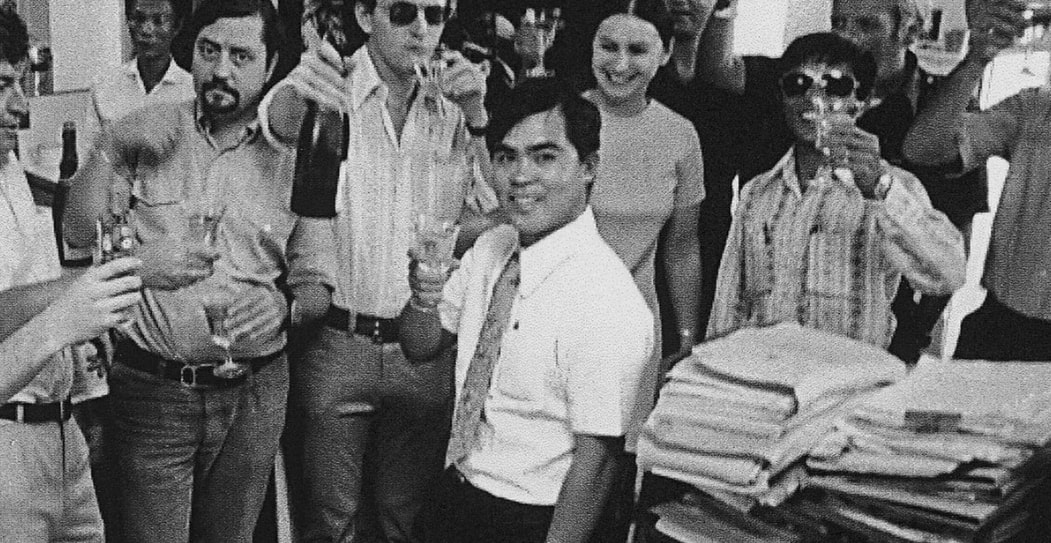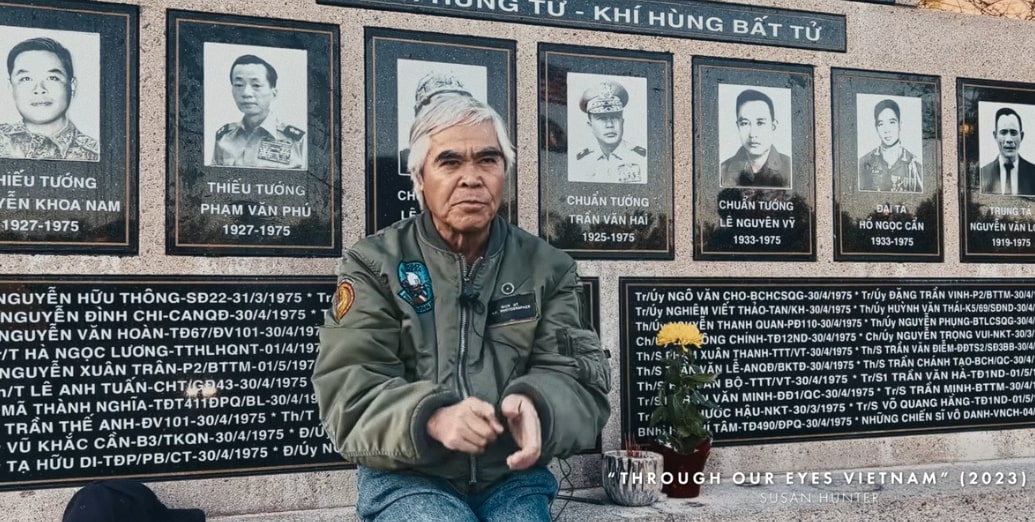Nick Ut’s legacy is defined by the extraordinary power of a single photograph, The Terror of War, which reshaped global awareness of the Vietnam War and set a new standard for conflict journalism. His work demonstrated how one image can transcend borders, influence public opinion, and humanize the cost of war. However, in recent years, controversy has emerged around the authorship of the iconic photo. This debate is central to Netflix’s ‘The Stringer: The Man Who Took the Photo,’ which investigates claims challenging Ut’s role and examines the broader questions surrounding credit, record-keeping, and historical memory in wartime journalism.
Nick Ut’s Picture From the Vietnam War Raised Anti-War Sentiments
Nick Ut, born Huỳnh Công Út in 1951 in Long An Province, grew up in a large Vietnamese family. He found his way into photography through his older brother, Huỳnh Thanh Mỹ, a respected Associated Press (AP) photographer. After Mỹ was killed in 1965 while on assignment, the 15-year-old Ut sought work at AP, determined to carry on his brother’s legacy. He began in the darkroom, gradually gaining the trust of senior editors, and by the late 1960s, he was sent into the field as a combat photographer during the Vietnam War.

On June 8, 1972, Ut was covering the fighting near Trang Bang when he captured the image that would define his career. As South Vietnamese planes mistakenly dropped napalm on the village, Ut saw a group of terrified children running toward the camera. Among them was nine-year-old Phan Thị Kim Phúc, screaming in pain, her clothes burned away. Ut later recalled that he instinctively clicked the shutter. But he did not stop at taking the photograph. Realizing the severity of Kim Phúc’s burns, he rushed toward her, poured water on her skin in an attempt to ease the pain, and wrapped her in clothing.
He then drove her and several other injured children to the nearest hospital, insisting that doctors treat her immediately. In the days and years that followed, Ut continued to visit Kim Phúc and his compassion that day became just as enduring a part of his story. When allegations emerged that the picture was wrongly credited, Ut maintained that he was the one who had originally taken the picture. Though AP has supported his stance, World Press Photo suspended the authorship until there is more evidence for the same.
Nick Ut Has Retired From Professional Photojournalism Today
Nick Ut left Vietnam in 1975 after the fall of Saigon, ending a decade of frontline work in which he had been injured three times. AP first sent him to Tokyo, where he continued working, and in 1977, he relocated permanently to Los Angeles, California, beginning a long and influential chapter in American photojournalism. Though best known for The Terror of War, Ut later became part of another media storm in June 2007 when he photographed Paris Hilton crying in the backseat of a sheriff’s car after being ordered back to jail. Two images surfaced that day, sparking controversy over which photographer captured the now-famous shot, but Ut’s version ultimately became the widely circulated one.
Over the course of his career, Ut earned some of journalism’s highest honors. In 1972, he won both the George Polk Award and the Overseas Press Club Award for his coverage of Vietnam, followed by the 1973 Pulitzer Prize for Spot News Photography and the 1973 World Press Photo of the Year, recognition that cemented the cultural impact of his work. Four decades later, in 2012, he was inducted into the Leica Hall of Fame, becoming only the third person to receive the distinction. His legacy continued to be celebrated in the 2010s, with major lifetime-achievement recognitions from the Lucie Awards in 2014 and the Los Angeles Press Club in 2016.
In 2021, Ut achieved a historic milestone when he became the first journalist ever to be awarded the National Medal of Arts, the highest artistic honor bestowed by the US federal government. His photographs are now held in several major permanent collections, including the National Gallery of Art in Washington, DC, ensuring that his contributions remain preserved for future generations. After more than 50 years with the Associated Press, Ut officially retired in 2017, closing a career defined by an enduring commitment to truth.
Nick Ut Maintains a Close Relationship With the Subject of His Popular Work
Since leaving Vietnam in 1975 after the fall of Saigon, Nick Ut has maintained strong connections with many war survivors, including Natalie Hayashida, and developed a close relationship with Kim Phúc. Over the years, he has supported her through major milestones, including attending her award ceremony at Randolph College in Virginia in September 2025, and later meeting her in November 2025 at the Vietnamese Baptist Church in Midway City, Orange County, California.
Ut has continued to pursue photography, traveling extensively for both professional and personal projects. In July 2025, he attended a photo shoot at the TOP Museum in Tokyo for the 80th anniversary of the Hiroshima bombing. In October 2025, he visited the Hollywood Walk of Fame to see Marilyn Monroe’s star. Even after retiring from full-time photojournalism, he still captures wildlife, cityscapes, and everyday life and occasionally shares his work on social media. Alongside his professional endeavors, he has built a stable family life with his wife, Le Tuyet Hong, and their two children. Today, he likely enjoys the role of a grandfather, living in California while staying engaged with photography, travel, and the personal relationships that have shaped his life.
Read More: Justin Elliott: Where is the Thunderbirds Commander Now?


